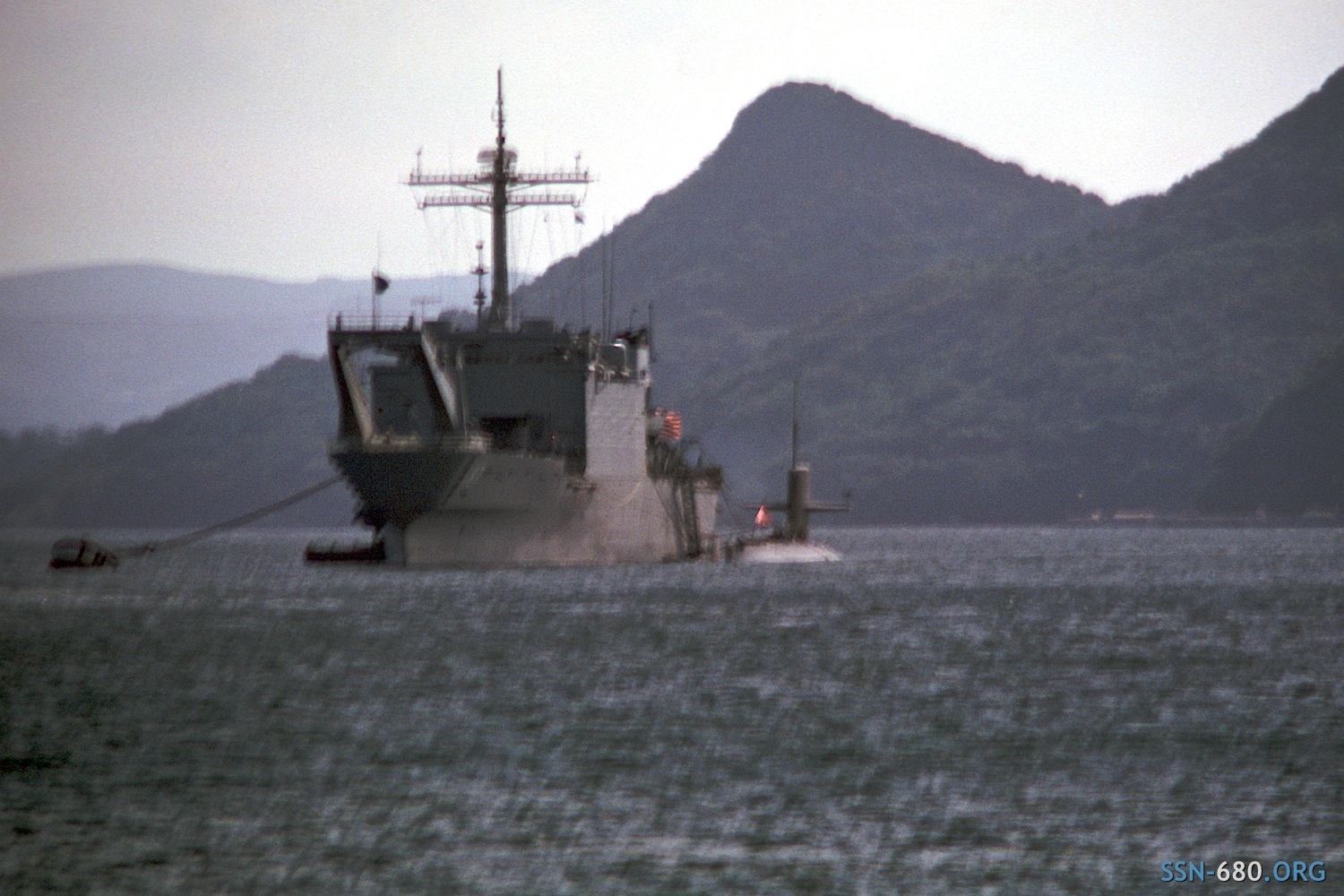 Fall of 1982, and we have navigated the island strewn channel into the harbor at Sasebo, Japan. As we make our final turn into the port, we see our target, the USS TUSCALOOSA (LST 1187), anchored out, awaiting our arrival. The wind is brisk, but not too cold, and line handlers are mustering topside in preparation for mooring.
Fall of 1982, and we have navigated the island strewn channel into the harbor at Sasebo, Japan. As we make our final turn into the port, we see our target, the USS TUSCALOOSA (LST 1187), anchored out, awaiting our arrival. The wind is brisk, but not too cold, and line handlers are mustering topside in preparation for mooring.
Communication on deck is difficult. Eight or ten news helicopters orbit the boat like a swarm of angry bees, the whine of their turbines adding to the noise level and the metaphor.
The pilot boat pulls alongside, and the native Japanese harbor pilot scrambles up the sail. He looks deep in thought, probably concerned about his complicity in helping bring a nuclear submarine, the first ever, we were told, into a port that less than 40 years earlier had a ringside seat and a clear view of the mushroom cloud over Nagasaki.
As he slips into the bridge, I get my first introduction to the preferred hair treatment of every man we will meet in the next few days in Japan, a strong smelling, oily concoction, that gives your hair that glued down look. Definitely unusual for us fashion horses of San Diego in the 80's. Before long I have to clamber back up on top of the sail and lean against the scope just to get out of his jet wash. Probably a better decision for public relations than my first thought, which was to have an EAB sent up.
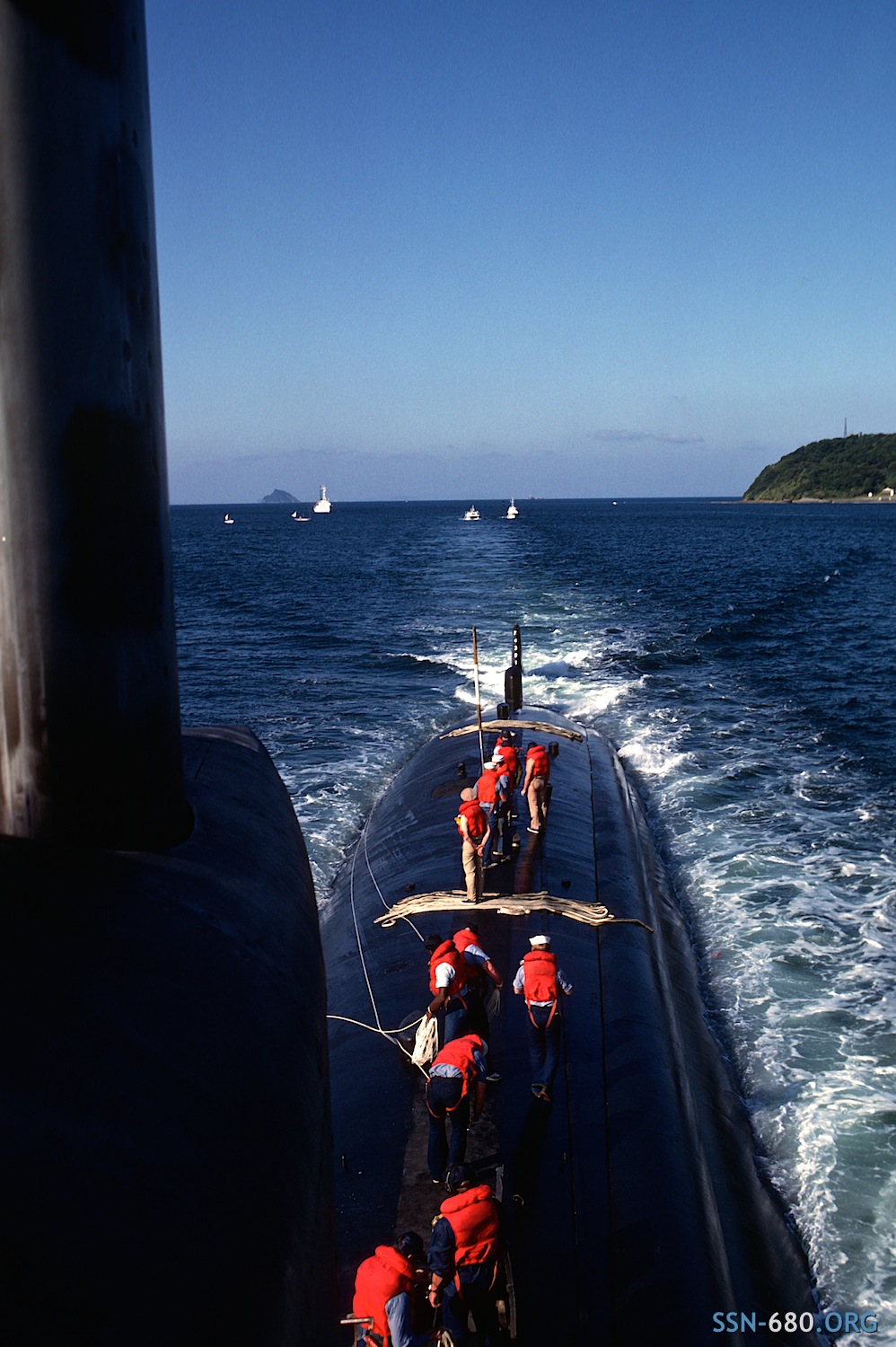 We've been on Spec Op for a month or six weeks, and liberty is sounding pretty good about now. We are closing in on the Tuscaloosa when we discover that we will have to perform this mooring without a tug. I didn't get all the details, my Japanese being limited to ordering cold beers and raw fish, but it seemed to have something to do with all the local tug masters having a strong fear of nuclear cooties. Not a big deal, after all we have an outboard and a crack throttleman.
We've been on Spec Op for a month or six weeks, and liberty is sounding pretty good about now. We are closing in on the Tuscaloosa when we discover that we will have to perform this mooring without a tug. I didn't get all the details, my Japanese being limited to ordering cold beers and raw fish, but it seemed to have something to do with all the local tug masters having a strong fear of nuclear cooties. Not a big deal, after all we have an outboard and a crack throttleman.
And then we realize that the Tuscaloosa is moored to a buoy, and does not have a stern anchor down. Which means she is free to swing in the wind, which is now about ten or fifteen knots, gusting, and varying by about 30 degrees. OK, this is going to be a little more difficult. Think rodeo bull rider, holding a thread on a ten foot pole, trying to thread a needle about that far away. That kind of difficult. And the free hand must not touch the mount.
The bridge radio traffic is ferocious as we try to get lined up. We try and we miss. The Tuscaloosa swings away. We try again and again. The Tuscaloosa swings back. We go around. We finally figure out that if we snuggle up alongside as the Tuscaloosa swings to one end of her arc, the wind will push the LST up against us for a few minutes, as she swings back, giving us just enough time to get a couple of lines over. So once more for the Gipper, and we are there - success - we have a couple lines over so we are held loosely to the ship, and can start doubling up.
Now remember this is an LST. The only thing we have in common with her is that we both float, and we both have at least one 'S' in our hull designator. This boat and this ship were never designed to tie up together. At least not like a tender, with mooring doors down at the waterline. Our lines leave the deck, and run up at about 45 degrees to the deck of the Tuscaloosa. Which makes for some interesting forces as the marine engineering comes together.
So we are doubling up one of the forward lines. Everyone relaxes, and we catch our collective breaths as we fall into the standard mooring routine. The Tuscaloosa feeds us the end of our line, and we wrap it around the cleat and start taking tension on the line with the capstan. So far so good, at least given the conditions.
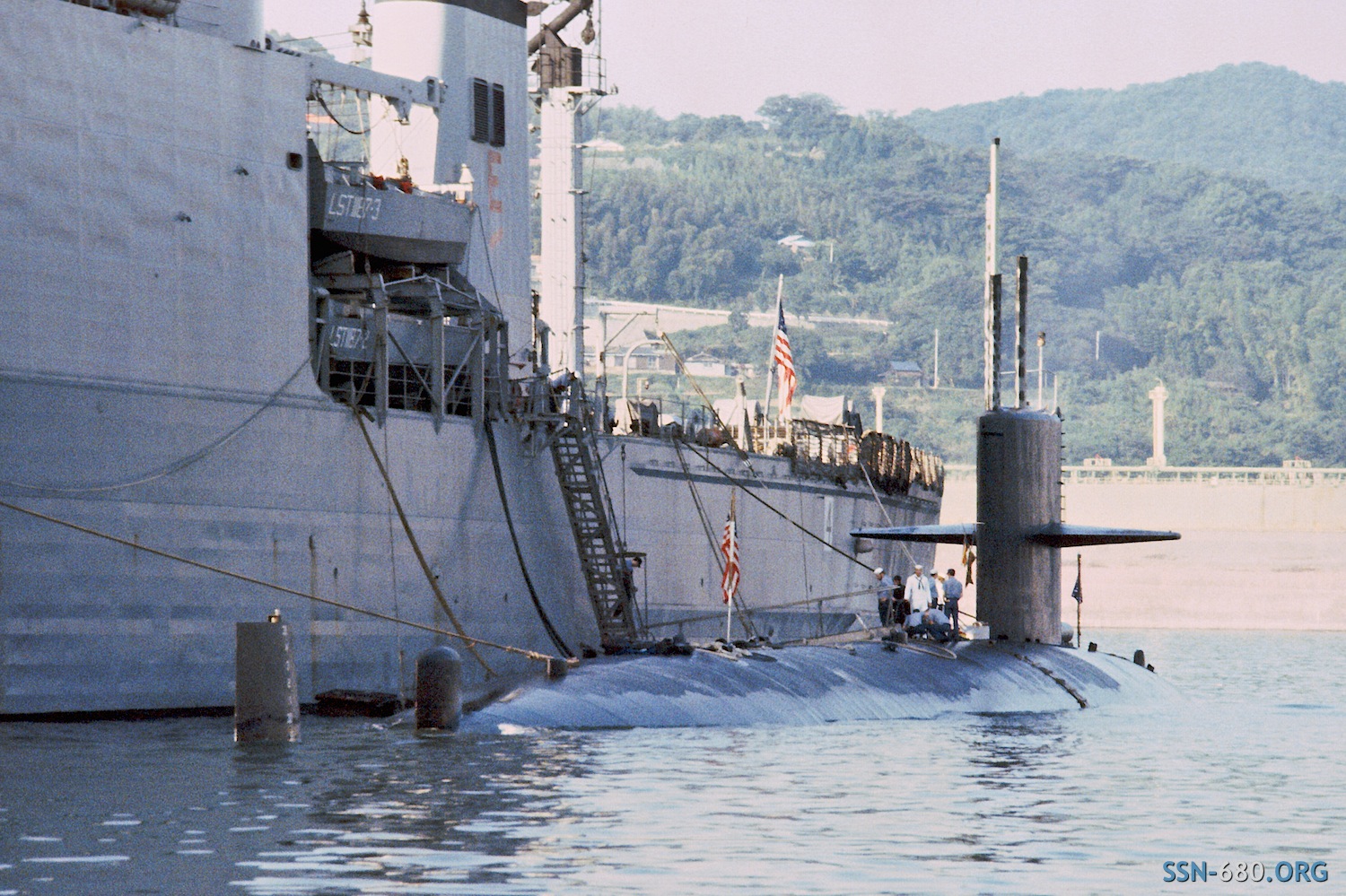 Suddenly, without warning, the relative motion of the two vessels combined with the high line angle to our deck causes one of the mooring lines to slip off the cleat. The bitter end whips past the capstan, snags the capstan T-wrench handle, and in one continuous motion, turns the capstan hydraulics full on, and throws the T-wrench overboard. We still have a line on the capstan, and that line is fastened to the Tuscaloosa.
Suddenly, without warning, the relative motion of the two vessels combined with the high line angle to our deck causes one of the mooring lines to slip off the cleat. The bitter end whips past the capstan, snags the capstan T-wrench handle, and in one continuous motion, turns the capstan hydraulics full on, and throws the T-wrench overboard. We still have a line on the capstan, and that line is fastened to the Tuscaloosa.
The next few seconds seems like hours as pandemonium erupts on both decks. Someone jumps for the line on the capstan, in an attempt to free it, but the capstan is winding up at high speed, and it isn't going to happen. Line-handlers on the LST start screaming at us as they start to realize what is happening. Everybody is barking orders and frantically scrambling, tripping over each other trying to get out of the way and find a solution.
The line is under strain, and the ship and the boat have been pulled together as much as the fenders will allow. The capstan continues to churn along, powered by some serious hydraulics. Now line handlers are fleeing our forward deck, as seawater is squeezed from the line. The capstan winds on, trying to turn the Tuscaloosa over or pick us up out of the water, whichever comes first. The line is taking some serious strain now, and all of us on the bridge are looking for shelter, as it is clear that this exercise is not going to end well.
The Tuscaloosa continues to roll, it seemed like 15 degrees or more. The duty officer on-board the LST appears on deck, screaming at the top of his lungs as we attempt to turn his ship over. The capstan still hasn't stalled. The tattle-tales on the line, stretched to the breaking point, finally snap. Line handlers aft are seriously evaluating their swimming abilities. The bridge crew, deciding discretion is the better part of valor, starts burrowing down into the sail.
The line necks down, failure is seconds away. The whine of the helicopters is drowned out by the pounding of our pulse in our ears. Disaster looms...
The capstan stops. Down below, some heroic, fully submarine qualified individual has found the isolation for the forward capstan hydraulics, and shuts the valve. Pressure bleeds off the capstan, and the tension in the line slowly subsides. The Tuscaloosa levels off. Our bow drops back into the harbor. Heads slowly reappear above the sail. Faces emerge from hiding places on the LST. Line-handlers cross themselves and start to pick up where they left off.
I sit there, realizing I don't have a single photo of the event, because there isn't much to see when you are hiding in the sail.
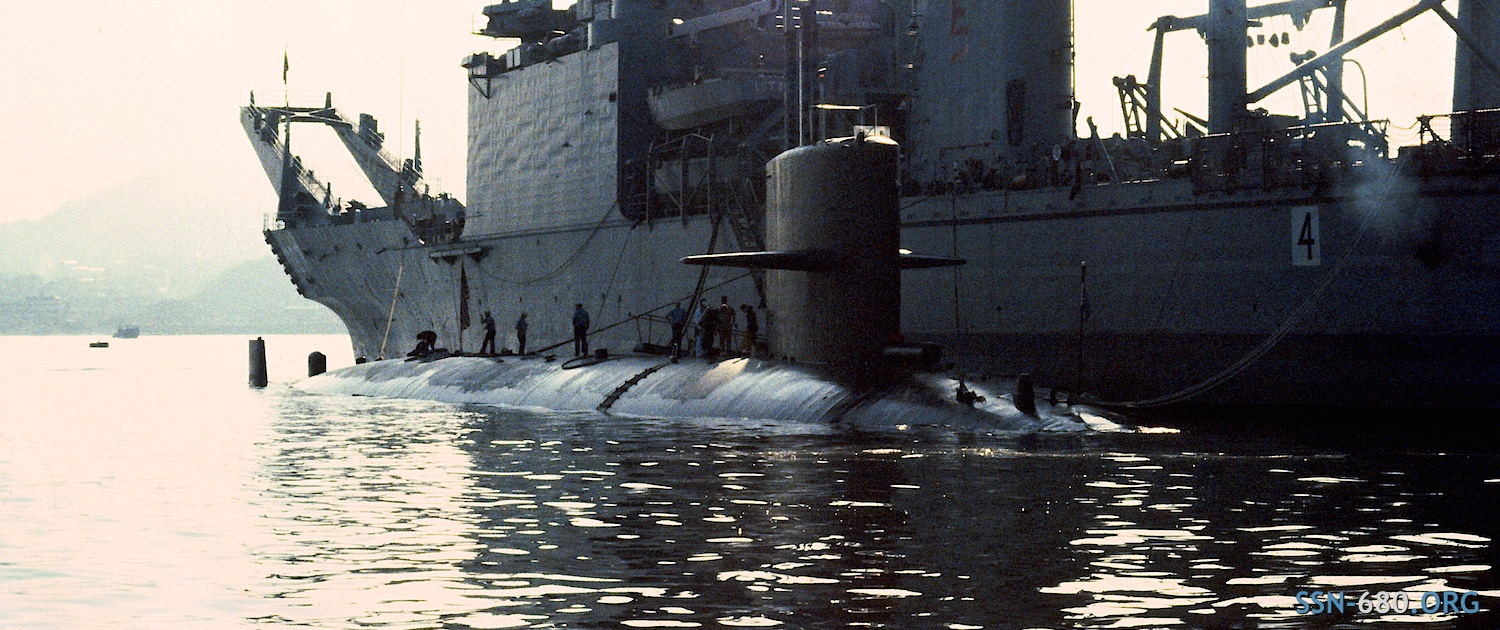

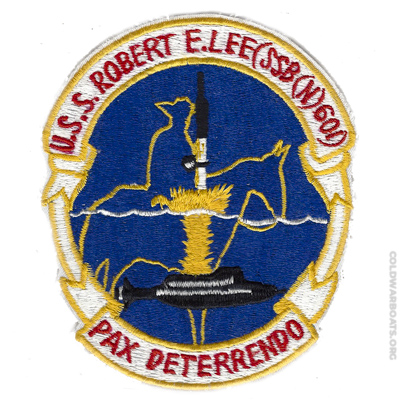
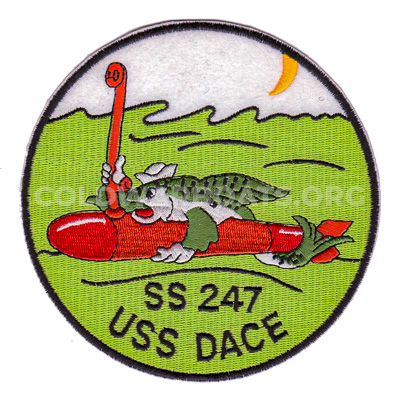

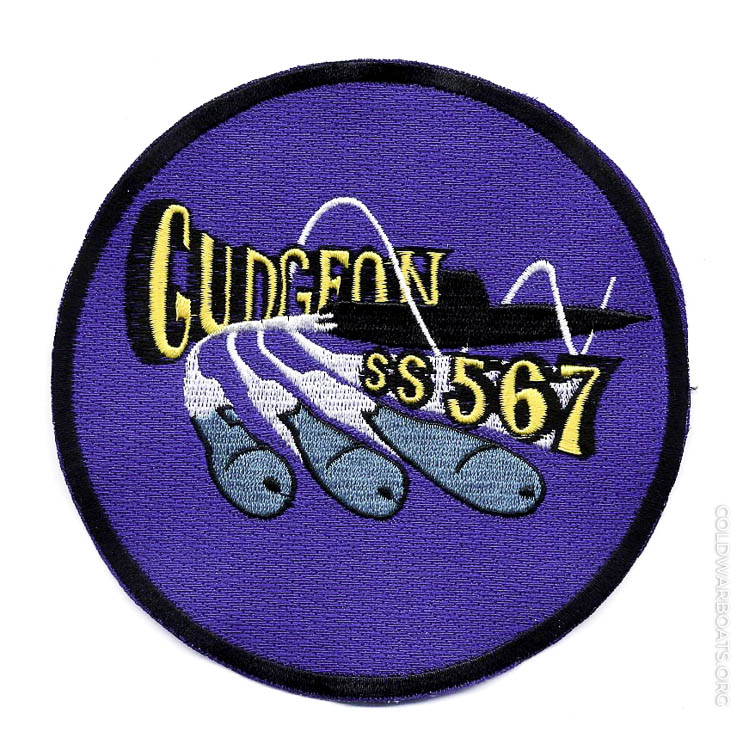
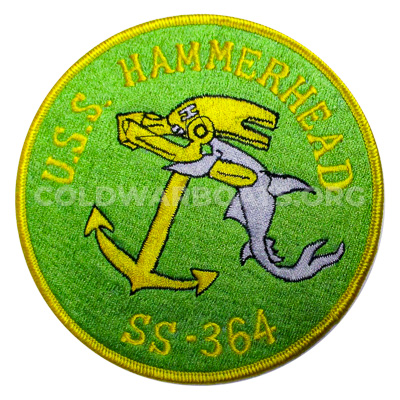
On May 7, 1968, the issue of radioactive contamination from an American submarine sparked international headlines when the Japanese scientists reported radioactivity ten to twenty times the normal background level in Sasebo harbor during a visit by the submarine USS Swordfish (SSN 579). The Japanese government asked the U.S. government not to send any more nuclear-powered ships to Japan until the cause of the increase was determined. U.S. officials denied that he Swordfish caused the instrument readings, and the incident remained a stalemate for some time...;
Source: Scorpion Down, Ed Offley, Basic Books, 2007
Good memory, Brad.
Subscribe
Report
My comments